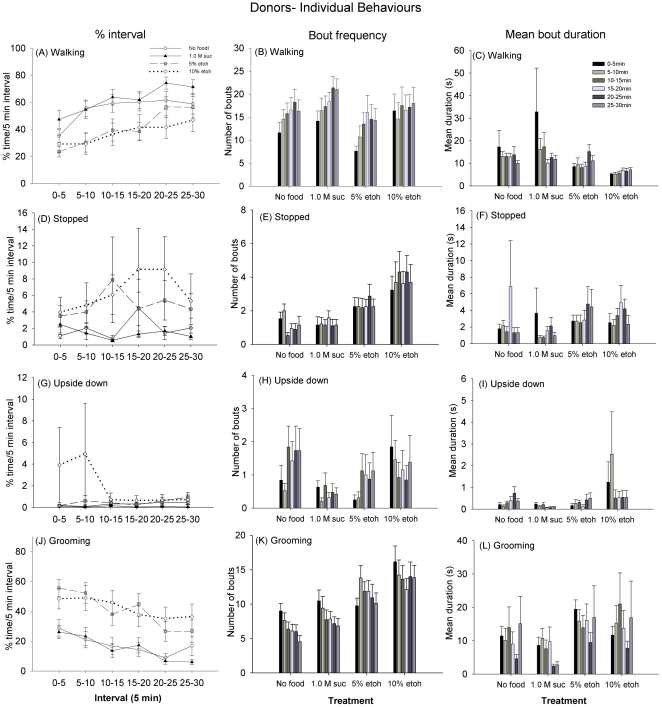Figure 2. Hunger and inebriation state influence motor behaviour in donor honeybees.
The time spent engaged in each of the behaviours, the mean bout frequency, and the mean bout duration are shown for each 5 min interval. (A–C) Bees spend less time walking if they had been pre-fed with a 1.0 M sucrose solution containing ethanol; the ethanol treatments did not differ (P = 0.381), nor did the hungry and fed bees (P = 0.979). Bout duration and frequency were unaffected by treatment. (D–F) The amount of time spent stopped was greater for the donors pre-fed ethanol. The frequency of bouts of stopped behaviour was the same for the hungry and sucrose-fed bees (P = 0.645), but the ethanol-fed bees had more frequent bouts of stopped behaviour than the controls (P<0.05 for all comparisons). Mean bout duration was not affected by treatment. (G–I) Ethanol treatment did not influence the total amount of time spent upside down (e.g. the ability to perform the righting reflex) but 10% ethanol-fed bees had longer and more frequent bouts of upside down behaviour (P<0.001 for all comparisons). Hungry bees were also more likely to perform bouts of upside down behaviour than the sucrose or 5% ethanol fed bees. (J–L) Donor bees fed ethanol spent more time grooming, and performed more bouts of grooming (P<0.05 for all comparisons) that lasted longer than hungry bees or those fed sucrose. NHungry = 20, N1.0 M Suc = 19, N5% etoh = 17, and N10% etoh = 13. ± SEM Note: Y-axis scale is not the same on all graphs.

